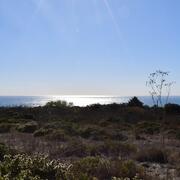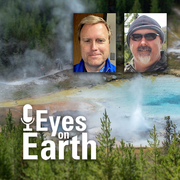Data Science: Converting Data into Actionable Knowledge
Science Analytics and Synthesis (SAS)
National Cooperative Geologic Mapping Program
Determining the geologic framework of areas determined to be vital to the economic social, or scientific welfare of the Nation
National Geological and Geophysical Data Preservation Program
Preserving geoscience samples for today and future generations
USGS Library
Core Science Systems Mission Area
USGS CSS serves as the primary national civilian mapping agency, including topographic and geologic mapping for Federal and State requirements, national geospatial coordination, satellite operations and remote sensing. Our products and data are necessary to understand, monitor, and detect changes that affect the Nation’s natural and agricultural resources, the economy, public safety, and security.
Science Synthesis, Analysis and Research Program

The Science Synthesis Analysis, and Research (SSAR) Program provides analysis and synthesis of scientific data and information, interdisciplinary research to improve understanding of Earth system changes, and preservation of scientific data and samples and library collections.





